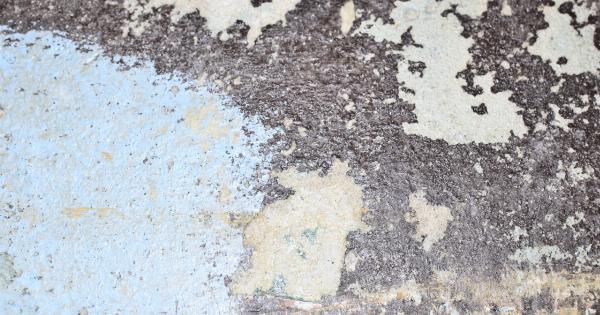Pseudomonas infection is a type of bacterial infection caused by Pseudomonas aeruginosa, which is commonly found in soil and water. This bacterium can cause a variety of infections, including pneumonia, urinary tract infections, and skin infections.
In immunocompromised individuals, pseudomonas infection can lead to severe complications, such as sepsis. Therefore, it is important to promptly diagnose and treat pseudomonas infections. In this article, we will discuss the diagnosis, treatment, and prevention of pseudomonas infection.
Diagnosis of Pseudomonas Infection
The diagnosis of pseudomonas infection is based on a combination of symptoms and laboratory tests. The following tests can help diagnose pseudomonas infection:.
: Culture Tests
Culture tests are used to identify the type of bacteria causing the infection. Samples of blood, urine, or wound exudate are collected and cultured in a microbiology lab.
Pseudomonas bacteria can be identified by their unique appearance on culture plates.
: Gram-Stain Tests
Gram-stain tests are used to determine the type of bacteria causing the infection. The bacteria are stained with a special dye and then examined under a microscope. Pseudomonas aeruginosa bacteria stain gram-negative.
: Blood Tests
Blood tests can be used to monitor the course of the infection and detect any complications, such as sepsis. Blood tests can also help identify the bacteria causing the infection.
Treatment of Pseudomonas Infection
Pseudomonas infection is treated with antibiotics. The choice of antibiotic depends on the type of infection and the susceptibility of the bacteria to antibiotics. The following antibiotics are commonly used to treat pseudomonas infection:.
: Carbapenems
Carbapenems are a class of antibiotics that are effective against Pseudomonas aeruginosa bacteria. Examples of carbapenems include Imipenem, Meropenem, and Doripenem.
: Cephalosporins
Cephalosporins are a class of antibiotics that are effective against gram-negative bacteria, including Pseudomonas aeruginosa. Examples of cephalosporins include Cefepime, Ceftazidime, and Ceftriaxone.
: Fluoroquinolones
Fluoroquinolones are a class of antibiotics that are effective against Pseudomonas aeruginosa bacteria. Examples of fluoroquinolones include Ciprofloxacin and Levofloxacin.
In severe cases of pseudomonas infection, patients may require hospitalization. In the hospital, patients may receive intravenous antibiotics and supportive care.
Prevention of Pseudomonas Infection
Pseudomonas infection can be prevented by following good hygiene practices. The following are some tips to prevent pseudomonas infection:.
: Cleanliness
Wash your hands frequently with soap and water, especially before eating or touching your face. Clean surfaces with a disinfectant to prevent the spread of bacteria.
: Avoid Contact
Avoid contact with contaminated water or soil. Pseudomonas aeruginosa is commonly found in moist environments such as swimming pools and hot tubs.
: Prevent Injuries
Wear protective gear when participating in activities that may cause injury, such as gardening or sports. Pseudomonas infection can enter the body through open wounds or cuts.
Conclusion
Pseudomonas infection is a serious bacterial infection that can cause severe complications in immunocompromised individuals. The diagnosis of pseudomonas infection is based on a combination of symptoms and laboratory tests.
Antibiotics are the main treatment for pseudomonas infection, and the choice of antibiotic depends on the type of infection and the susceptibility of the bacteria to antibiotics. Good hygiene practices and injury prevention can help prevent pseudomonas infection.



























